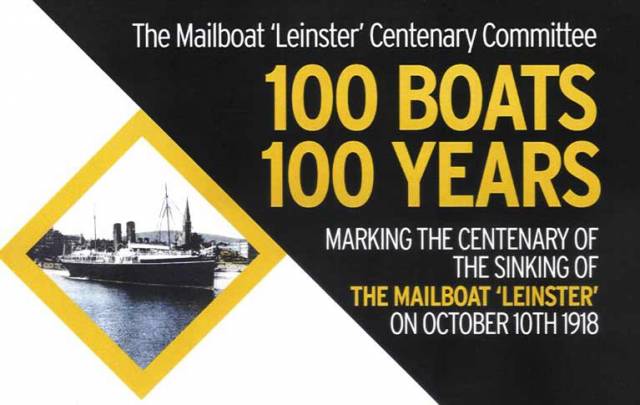The Dun Laoghaire Motor Yacht Club has announced the 2018 edition of its Kish Lighthouse Race will be known as “100 Boats for 100 Years”, reflecting the forthcoming commemoration of the centenary of the sinking of the RMS Leinster with the loss of 501 lives on Dublin Bay in 1918. More details on that sinking here.
Together with the Dublin Bay Old Gaffers Association, the sailing event is planned to combine a regular format yacht race to and from the Kish, alongside a rally-style event for the traditional vessels and old gaffers, contributing to an exciting day of boating on the bay for everybody and a fitting commemoration of the tragic loss of so many lives.
DMYC's Neil Colin tells Afloat 'We hope to see the competitive racers, recreational sailors and traditional boaters all involved'.
For more details and entry for the event click here

























